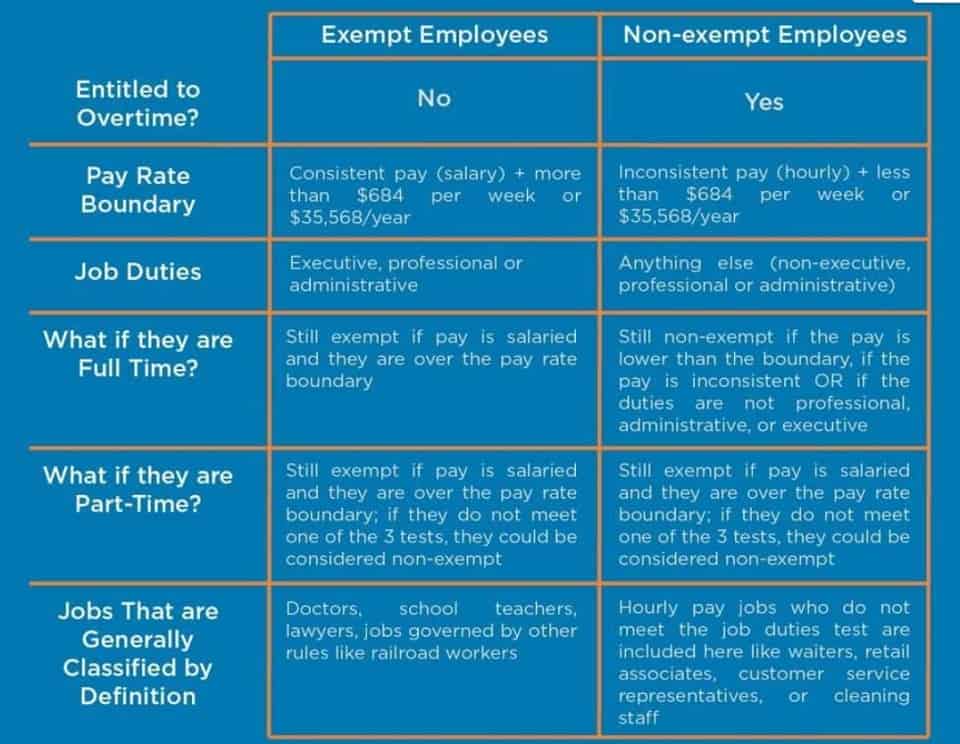
Coming to some kind of agreement with the customer is almost always the less time-consuming, less expensive option. Many companies will stop delivering services or goods to a customer if they have bills that are more than 120, 90, or even 60 days due. Cutting a customer off in this way can signal that you’re serious about getting paid and that you won’t do business with people who break the rules. Simply getting on the phone with a client and reminding them about unpaid invoices can often be enough to get them to pay. Sending email reminders at regular intervals—say, after 15, 30, 45, and 60 days—can also help jog your customers’ memory.
Typically, businesses sell goods on credit only to creditworthy customers. Still, good accounting practice requires you to keep some https://www.bookstime.com/accounting-services-for-startups amount for accounts receivable that may not be paid. Therefore, it is important that you manage your accounts receivable carefully.
Bookkeeping
She writes in-depth articles focused on educating both business and consumer readers on a variety of financial topics. Along with The Balance, Yvette’s work has been published in Fit Small Business, StoryTerrace, and more. Assets, in the realm of the Normal Balance of Accounts, symbolize economic resources such as cash, inventory, and property. The Ascent is a Motley Fool service that rates and reviews essential products for your everyday money matters.

However, if such a receivable takes more than one year to convert into cash, it is recorded as a long-term asset on your company’s balance sheet. Finally, to record the cash payment, you’d debit your “cash” account by $500, and credit “accounts receivable—Keith’s Furniture Inc.” by $500 again to close normal balance of accounts it out once and for all. It’s essentially what’s left over when you subtract liabilities from assets. When owners invest more into the business, you credit the equity account, hence, it has a normal credit balance. Because they represent funds owed to the company, they are booked as an asset.
Types of normal balances
Conversely, when the company makes a payment on its account payable, it records a debit entry in the Accounts Payable account, decreasing its balance. By understanding and tracking the normal balance of Accounts Payable, businesses can manage their short-term financial obligations efficiently. The double-entry bookkeeping system is a method of recording financial transactions where each transaction is entered twice, once as a debit and once as a credit in two separate accounts. For example, when a business receives cash from a customer, it would debit its Cash account to increase it and credit its Sales account to reflect the revenue earned. The nature of a firm’s accounts receivable balance depends on the sector in which it does business, as well as the credit policies the corporate management has in place.
- Further, goods sold on credit have a risk of non-payment attached to them.
- Liabilities, equity, and revenues usually increase on the credit side, making their normal balance credit.
- As someone who’s always had a knack for breaking down complex concepts, I’ve discovered that mastering the Normal Balance of Accounts is a game-changer for anyone delving into the world of finance.
- Identifying and maintaining the normal balance is essential for accurate financial reporting.
- By ensuring that every transaction affects at least two accounts, it reinforces the integrity of the accounting records and maintains the Normal Balance of Accounts.
- The lower the number, the less efficient a company is at collecting debts.
Accounts payable is considered a liability on your balance sheet since it is money that you currently owe. Accounts receivable reflects the money that is owed to your business for providing goods and services. Accounts receivable are considered an asset and are reflected on your balance sheet as such. Thus, Ace Paper Mill will collect its average accounts receivables close to 5.66 times over the year ending December 31, 2019. Accounts receivable is recorded as the current asset on your balance sheet. This is because you are liable to receive cash against such receivables in less than one year.
Dissecting the Accounting Equation Components
Every type of other receivables has different risk factors and liquidity characteristics, including staff advance, prepaid expenses, prepaid insurance, etc, and sometimes deposit. Revenues are the number of goods or services the company sells to its customers, whether in cash or kind. It is recorded in the company profit and losses statement when the control of goods or services is transferred to the customers. Although each account has a normal balance in practice it is possible for any account to have either a debit or a credit balance depending on the bookkeeping entries made. One of the most well-known financial schemes is that involving the companies Enron Corporation and Arthur Andersen. Enron defrauded thousands by intentionally inflating revenues that did not exist.
This is where the simple balancing act of double-entry bookkeeping, as explained in the Normal Balance of Accounts Guide, starts to unfold its complexity. If you sell goods or services to your customers on credit, your business will always have an accounts receivable balance in your general ledger. Accounts receivable reflects the amount of money owed your business from the goods and services that you provided your customers on a credit basis. Such a credit sale is recorded as accounts receivable in your books of accounts. Within IU’s KFS, debits and credits can sometimes be referred to as “to” and “from” accounts.